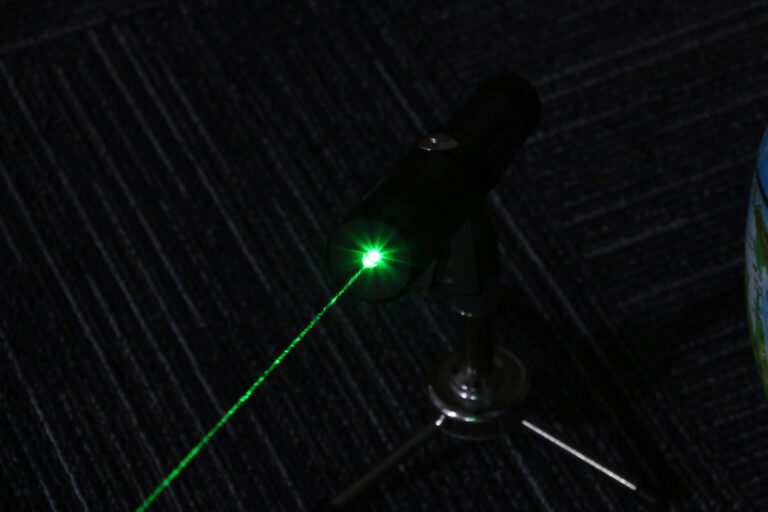
The U.S. Naval Research Laboratory (NRL) recently launched its first laser test in space as part of a scheduled Defense Department program, according to the agency.
The Space Wireless Energy Laser Link (SWELL) was conducted after a SpaceX Dragon cargo vehicle launch.
“With this modest experiment, we will identify key focus areas for developing links of greater power and longer distance for space,” said Paul Jaffe, Ph.D., Electronics Engineer and SWELL Principal Investigator. “By employing laser transmitters and photovoltaic receivers, power beaming links will be established that will pave the way for rapid, resilient, and flexible energy delivery systems.”
The use of power beaming is a method of delivering energy through electromagnetic waves that could be used in future lunar programs.
“This is the next step in extending this capability for space, lunar, and planetary applications,” said Chris DePuma, SWELL Program Manager, in the agency’s statement. “Power beaming is poised as a critical enabler for power distribution on the moon and elsewhere in space.”
The experiment aboard the SpaceX Dragon is an innovative spacecraft “capable of carrying up to 7 passengers to and from Earth orbit, and beyond,” according to its description. “It is the only spacecraft currently flying that is capable of returning significant amounts of cargo to Earth, and is the first private spacecraft to take humans to the space station.”
The experiment is sponsored by the Office of the Under Secretary of Defense for Acquisition and Sustainment and supported by the Operational Energy Capability Improvement Fund. The experiment is part of the US Department of Defense’s Space Test Program H9 mission.
The SWELL mission is expected to last for one year. The experiment will gather data using the laser power on multiple occasions throughout the testing period.
By removing the need for transporting fuel, using batteries or stringing wires, SWELL could be an innovative choice for the utilization of lunar resources and development on the Moon.
“Power beaming might also be used for distributing power for and around Earth, including from satellites that collect solar energy in space,” Jaffe said. “SWELL is the next step into this new frontier.”
The NRL is a scientific and engineering command “dedicated to research that drives innovative advances for the U.S. Navy and Marine Corps from the seafloor to space and in the information domain.” The laboratory is located in Washington, D.C., with additional field sites in Stennis Space Center, Mississippi; Key West, Florida; and Monterey, California.
The agency employs approximately 3,000 civilian scientists, engineers and support personnel in its research efforts.
American Military News Rephrased By: InfoArmed
